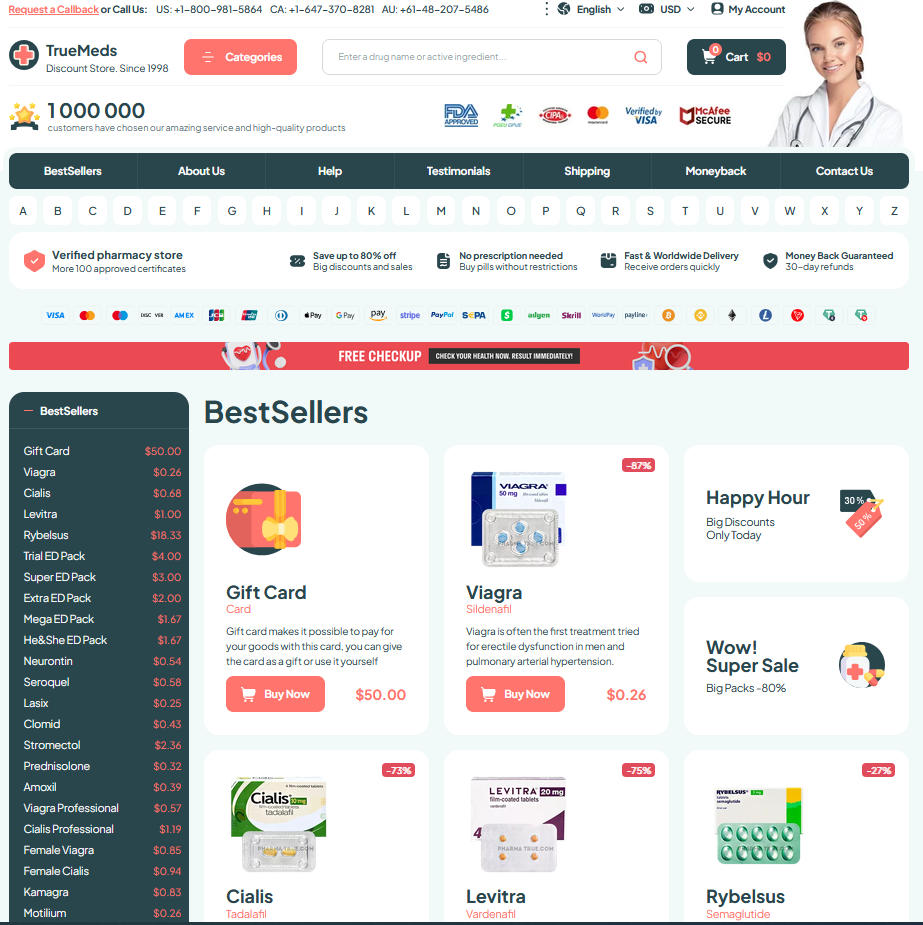 Rybelsus Vs Ozempic: Comparing Benefits and Differences
Rybelsus Vs Ozempic: Comparing Benefits and Differences
How Rybelsus and Ozempic Work Differently
Imagine two allies battling high blood sugar: one is swallowed, one is injected. Both activate the GLP-1 receptor in pancreas and brain, but their journeys differ.
Rybelsus is oral semaglutide formulated with an absorption enhancer, allowing the peptide to enter circulation after a fasting period and careful timing with meals.
Ozempic is injectable semaglutide delivered subcutaneously, bypassing the gut and offering weekly exposure with more predictable bioavailability.
Clinically this means similar receptor effects but different dosing strategies, absorption variability, and practical considerations that influence which option suits a given patient.
Comparing Blood Sugar Control and Clinical Efficacy

In clinic, clinicians weigh how each therapy lowers average blood sugar, using HbA1c and fasting glucose to judge real-world impact and complications.
Large trials show semaglutide injections often reduce HbA1c more than oral semaglutide; rybelsus remains a strong, effective alternative for many patients today.
Injectable forms can produce faster, larger glucose declines and weight benefits, while oral dosing requires strict pre-meal timing and adherence to match outcomes.
Choosing between them depends on individual goals, tolerance of side effects, ease of use, and insurance; shared decision-making and follow-up guides optimal selection.
Weight Loss Outcomes: Which Drug Leads More
Many patients choosing between semaglutide options find weight loss a decisive factor. Injectable semaglutide (Ozempic) typically produces larger reductions in body weight in clinical trials, while oral formulations like rybelsus offer modest but meaningful losses. The mode of delivery and dose influence appetite suppression and metabolic effects.
Head-to-head data are limited, but randomized trials and real-world studies show Ozempic often yields greater percentage weight loss versus the oral form, especially at higher doses and longer durations. Reported average losses range broadly, and individual response varies with baseline weight, diet, and adherence to therapy.
Clinicians balance efficacy against tolerability: injectables may produce more nausea initially but often greater sustained reduction, while rybelsus can be preferred by patients who avoid needles. Shared decision-making, cost, and comorbidities determine which approach best supports long-term weight and glycemic goals and ongoing monitoring helps manage risks.
Side Effects, Safety Profiles, and Long-term Risks

Patients often trade immediate gains for tolerability; semaglutide formulations bring familiar digestive complaints—nausea, vomiting, diarrhea, and constipation—which tend to be dose-related and often lessen over weeks. rybelsus, as an oral option, can provoke similar gastrointestinal symptoms but may require careful dosing with fasting and water to reduce upset.
Serious but rare events include pancreatitis and gallbladder disease, while animal studies raised thyroid C-cell tumor concerns leading to contraindications for people with a history of medullary thyroid carcinoma or MEN2. Combining these drugs with insulin or sulfonylureas increases hypoglycemia risk, so medication adjustments and monitoring are essential.
Discuss long-term cardiovascular benefits, but individual factors—tolerability, pregnancy plans, and adherence—should guide drug choice and involve decision-making with clinicians.
Dosing, Administration Routes, and Patient Convenience
A patient's choice can hinge on rhythms of life and clinic schedules.
One option, rybelsus, is an oral tablet taken each morning before eating; the other is a weekly subcutaneous shot requiring fewer daily routines.
Convenience varies: pills avoid needles and clinics, shots cut daily adherence tasks. Shared decision considers travel, dexterity, and preference.
Clinicians weigh lifestyle, injection comfort, and supplies; pharmacies and insurance influence access. Training for injections and adherence support often decide what feels practical for each person and cost discussions shape long term plans and followup regularly.
| Form | Frequency | Notes |
|---|---|---|
| Oral (rybelsus) | Daily | No injection, take before meals |
| Injection | Weekly | Clinic or home use, needle required |
Cost, Insurance Coverage, and Accessibility Differences
Patients often face sticker shock: both medications are brand-name and pricey, but injectables like Ozempic frequently carry higher list prices than oral Rybelsus. Actual out-of-pocket costs depend heavily on insurance formularies and copay structures choices.
Coverage is variable: some insurers prefer one formulation and require prior authorization, step therapy, or quantity limits. Medicare Part D and commercial plans may treat oral diabetes agents differently than injectables, complicating access for patients.
Availability also hinges on distribution: Ozempic often passes through specialty pharmacies, while Rybelsus may be stocked through retail channels. Pharmacy networks, prior shipment rules, and storage requirements influence where patients can obtain therapy in practice.
Cost-assistance programs and manufacturer coupons can reduce barriers, but eligibility varies; clinicians should discuss affordability, explore patient-assistance options, and coordinate with pharmacies and insurers to secure sustained access to appropriate therapy over time for patients. FDA PMC
(832) 428-5608
Houston, TX 4101 Greenbriar Dr. Ste. 205K
info@enhancingmassage.com
(832) 428-5608
Houston, TX 4101 Greenbriar Dr. Ste. 205K
info@enhancingmassage.com
(832) 428-5608
Houston, TX 4101 Greenbriar Dr. Ste. 205K
info@enhancingmassage.com